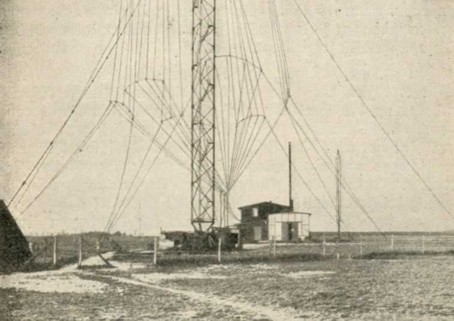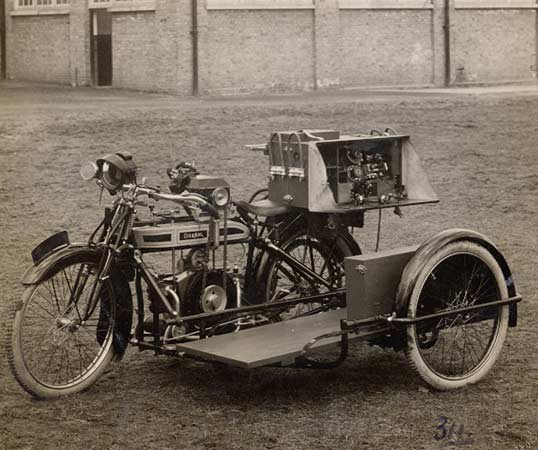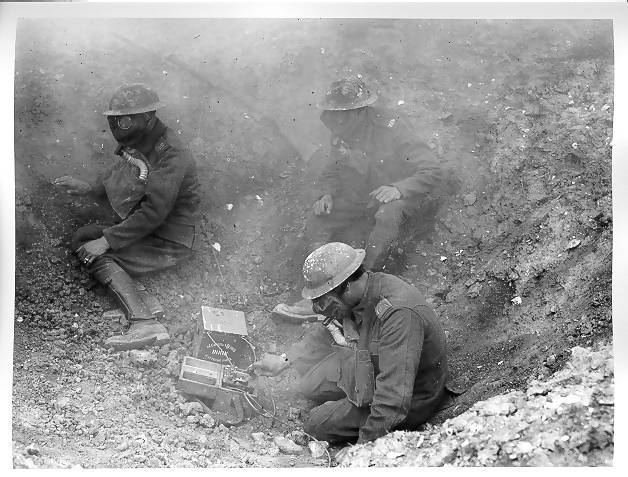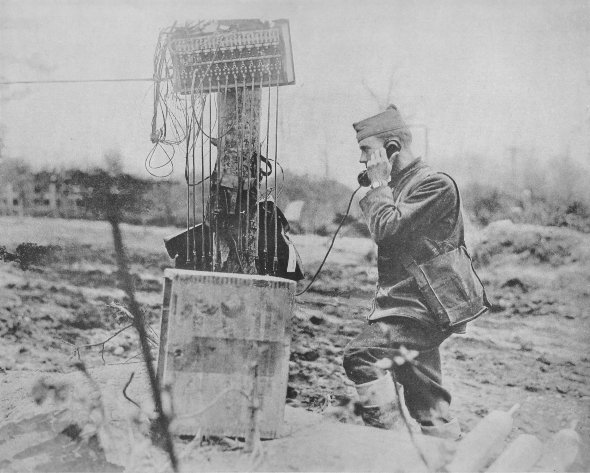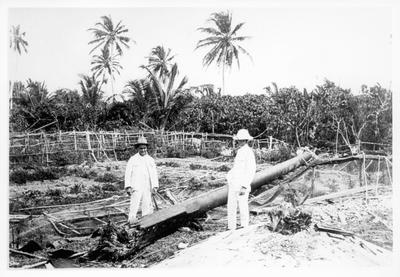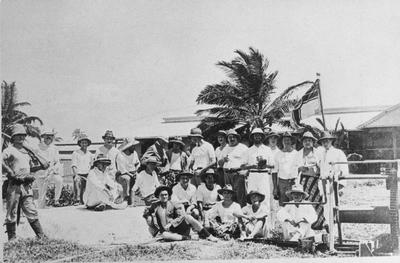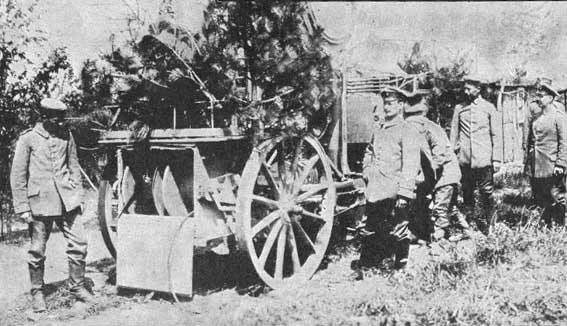







The enemy in Iraq has used IEDs consisting of mortar and artillery projectiles as the explosive device. The most common explosives used are military munitions, usually 122 mm or greater mortar/tank/artillery.
The use and characteristics of these have included the following:
* Thrown from overpasses.
* Thrown in front of approaching vehicles from roadside.
* Usually thrown by males—who are not always adults.
* Emplaced in potholes (covered with dirt).
* Emplaced along MSRs and alternate supply routes (targeting vehicles).
* Employed along unimproved roads (targeting patrols).
* Employed with 120-mm and larger artillery or mortar projectiles.
* Found alone or in groups.
* IEDs behind which are placed cinder blocks or piles of sand to direct blast into the kill zone.
* Command detonated—either by wire or remote device.
* Time-delay triggered IEDs. IEDs that can be detonated by cordless phone from a car (allows for mobile firing platform and prevents tracing or triangulation).



Modified Conventional Munitions
The examples below are all IEDs that have been recovered in Iraq.
Anti-Tank Mine encased in
concrete and command
detonated via remote control
Improvised Off-Route Antitank Mine 500lbs bomb rigged as IED
Artillery shells rigged as IEDs Artillery shell-based IEDs hidden in bags along roads
Artillery shell-based IED hidden in
plaster made to look like a concrete block

FROM: http://www.globalsecurity.org






